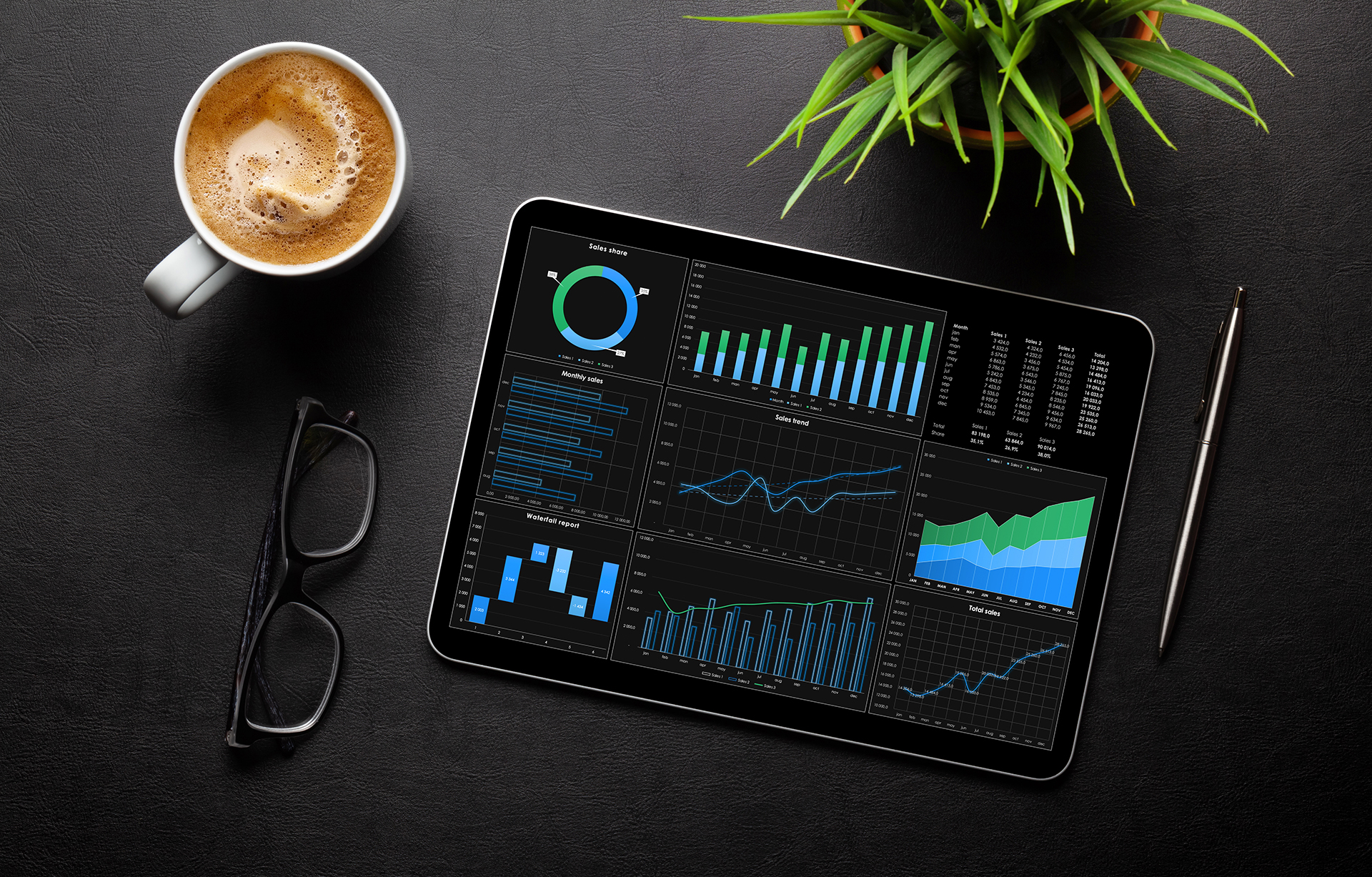The art and science of media planning—balancing analytics with creativity to drive real impact.
I n an era where every click, impression, and engagement is tracked, media planning has evolved from a numbers game to a precision-driven art form. The challenge? Data alone isn’t enough. True marketing mastery lies in the intersection of analytics and creativity, where brands leverage insights not just to chase clicks—but to drive real impact.
“Brands that focus only on numbers lose sight of the bigger picture,” says Sean Lobdell, CEO of Stainless Communications. “Yes, data tells us where to go. But creativity is what makes consumers want to follow.”
Yet, many brands still measure success in surface-level metrics—CTR, CPM, impressions—without asking the most important question: Did this campaign actually move the needle?
As AI, predictive analytics, and privacy shifts reshape the marketing landscape, the brands that win will be the ones that balance data with creative storytelling—transforming every campaign into a powerful, results-driven experience.
Beyond Clicks: Why Brands Must Rethink Their Media Strategy
Historically, media planning has been dictated by reach and frequency—how many people saw an ad, how many times. But in 2025, those metrics are insufficient in measuring success.
Rand Fishkin, founder of Moz, once said:
“A click isn’t a business result. A conversion isn’t even a business result. Revenue, profit, customer loyalty—those are the numbers that matter.”
Take Coca-Cola. For years, they measured success in terms of global reach. Now? They prioritize engagement and sentiment tracking, ensuring their media spend fosters emotional connections rather than just racking up views.
“The industry is shifting away from vanity metrics,” says Lobdell. “If your media strategy isn’t tied to real business outcomes, you’re just burning budget.”
What Works Now: Data-Driven Personalization
Modern consumers expect highly relevant, hyper-personalized experiences—a reality that data-driven media planning makes possible.
Spotify’s “Wrapped” campaign is a prime example of data storytelling done right. By leveraging first- party data, they create highly personal year-in-review content, generating billions of social shares and keeping users invested in the brand.
“Spotify doesn’t just use data—they turn it into an emotional experience,” Lobdell points out. “That’s the difference between using analytics to sell and using analytics to inspire.”
Amazon, Netflix, and Nike have built entire ecosystems around this model. By using AI and real-time behavioral data, they predict consumer preferences, optimize ad placements, and deliver custom- tailored experiences—transforming ads from distractions into value-driven interactions.
The AI Revolution: Smarter, Faster, More Effective Media Planning
AI-driven media buying isn’t the future—it’s the present. Algorithms now optimize campaign placement, creative testing, and audience segmentation in real-time, ensuring every dollar works harder.
According to Sir Martin Sorrell, founder of WPP:
“AI isn’t replacing marketers. It’s enhancing them. The best media strategists now work hand-in-hand with technology to create campaigns that evolve in real time.”
For example, Google’s AI-driven Performance Max campaigns dynamically allocate budgets across platforms based on where ads perform best, eliminating wasteful spend and maximizing impact.
“Media planning used to be about predicting the future,” says Lobdell. “Now, with AI, we don’t have to predict—we can adapt in real time.”
Case Study: Airbnb’s Real-Time Optimization
Airbnb shifted 80% of its media buying to AI-driven automation, allowing their campaigns to adapt based on seasonal demand, traveler behavior, and real-time booking trends. The result? A 30% increase in ROI and 40% more efficient ad spend.
“AI isn’t just optimizing ads—it’s optimizing entire businesses,” Lobdell explains. “The brands that embrace it now will dominate the next decade.”
Creativity in a Data-Driven World: Why Human Insight Still Wins
Despite the rise of AI, creativity remains irreplaceable. While algorithms can analyze trends and optimize placements, they can’t create emotional connections.
Take Apple’s “Shot on iPhone” campaign—a global UGC movement showcasing real-world photography taken by everyday users. No AI algorithm could have conceptualized such an impactful campaign.
“Data can tell you what works—but creativity is what makes people care,” says Lobdell. “It’s the human element that turns good campaigns into unforgettable ones.”
Even the world’s most advanced AI-driven platforms, from Meta’s Advantage+ campaigns to TikTok’s Creative Center, still rely on human ingenuity to craft compelling narratives.
Privacy, First-Party Data, and the New Rules of Engagement
With Google phasing out cookies and Apple enforcing data privacy restrictions, brands must rethink their media planning strategies.
“The shift to first-party data is a game-changer,” explains HubSpot CMO Kipp Bodnar. “Brands that build direct relationships with their audience will have an edge. Those that don’t will struggle.”
Nike, for example, has built an empire on first-party data, using their Nike+ membership program to create hyper-personalized marketing experiences—no third-party data needed.
“Privacy laws aren’t a roadblock; they’re a reset button,” says Lobdell. “The future belongs to brands that create real value, not those that rely on tracking tricks.”
The Future of Media Strategy: Where Do We Go From Here?
So, what’s next? Here’s what brands must prioritize in 2025:
1. First-Party Data is King
With third-party tracking disappearing, brands must own their audience relationships. Loyalty programs, email subscriptions, and exclusive content will become critical assets.
2. AI-Driven Personalization Will Dominate
Expect real-time campaign optimization to become the standard. The brands that master AI-powered media buying will see higher ROI and better engagement.
3. Storytelling Will Define the Winners
Brands that use data to enhance creativity—not replace it—will forge deeper emotional connections and drive lasting consumer loyalty.
Conclusion: The New Era of Media Strategy
The evolution of media planning is about more than data—it’s about precision, adaptability, and emotional intelligence. Brands that balance analytics with creativity, technology with human insight, and measurement with meaning will dominate the marketing landscape.
“Clicks are easy,” Lobdell concludes. “Building real connections? That’s the hard part. But in 2025, it’s the only part that matters.”


